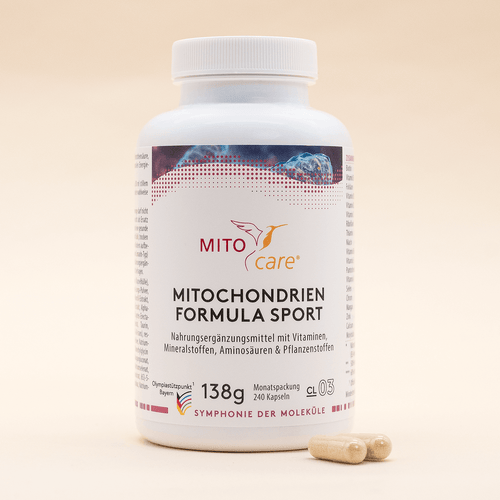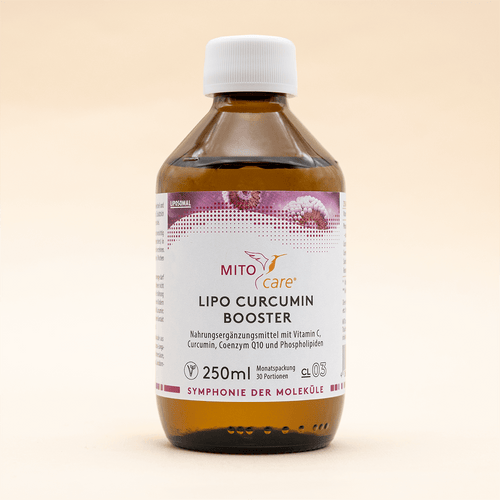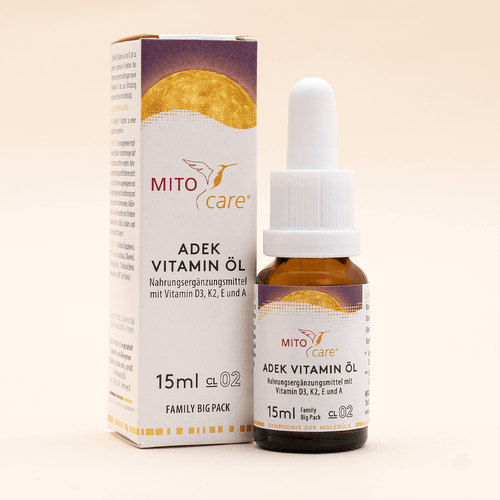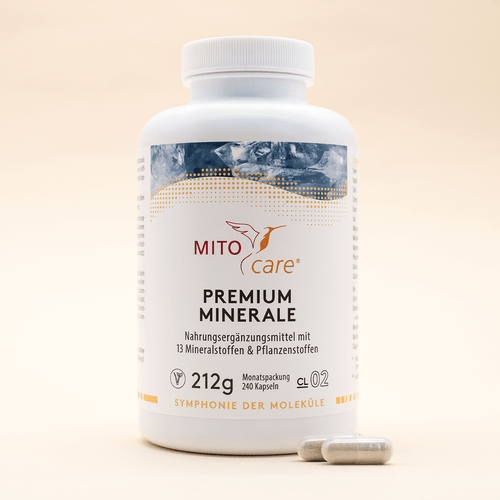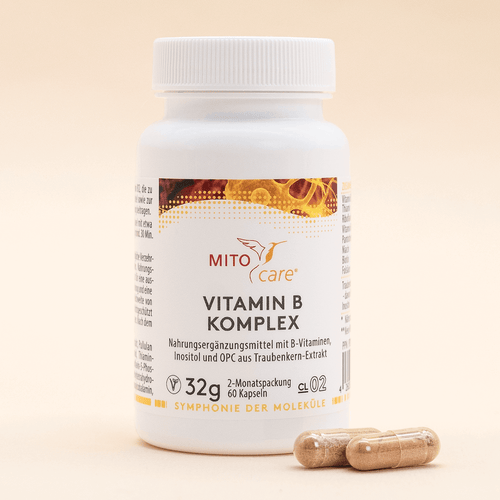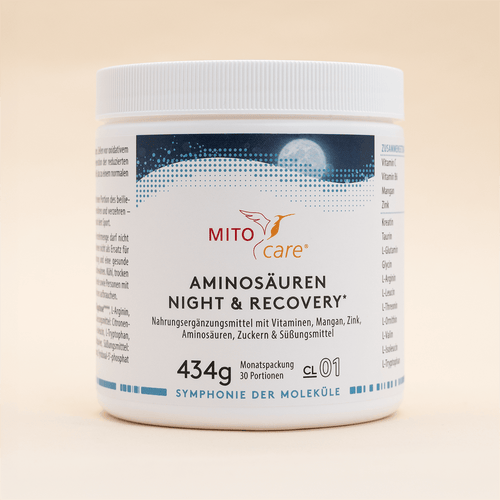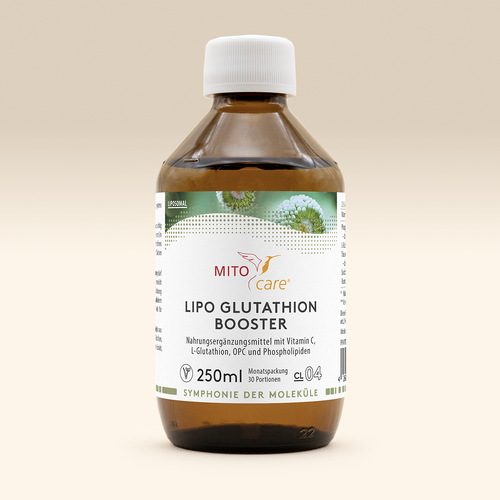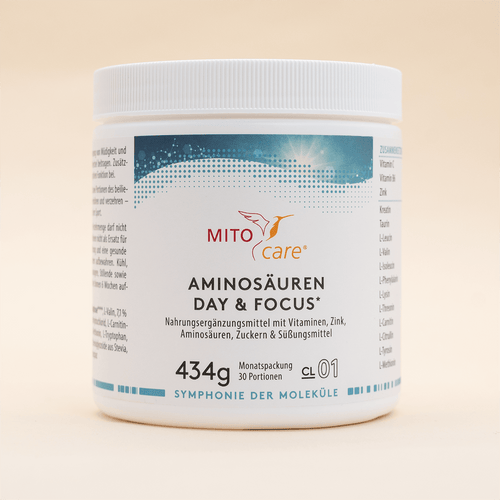What we measure
The test measures 11 fatty acids, including saturated, monounsaturated (omega-9) and polyunsaturated (omega-6 and omega-3) fatty acids. The individual fatty acid values are presented in the table and expressed as a percentage of the total fatty acids measured. For comparison in the table, the average range for each fatty acid (based on data obtained from a large group of balanced individuals) is presented as a target value. The following fatty acids are measured:
Palmitic acid, C16:0, saturated fatty acid
Stearic acid, C18:0, saturated fatty acid
Oleic acid, C18:1, omega-9
linolenic acid, C18:2, omega-6
alpha-linolenic acid, C18:3, omega-3
gamma-linolenic acid, C18:3, omega-6
dihomogamma-linolenic acid, C20:3, omega-6
arachidonic acid (AA), C20:4, omega-6
eicosapentaenoic acid (EPA), C20:5, omega-3
docosapentaenoic acid (DPA), C22:5, omega-3
docosahexenoic acid (DHA), C22:6, omega-3
Certified test kit
The certified Zinzino dried blood test complies with the European Directive on in vitro diagnostic medical devices (ivd) 98/79/eb. This means that the test and all its components comply with the applicable laws and regulations, which is why the kit also has the Ce mark.
This is how your results are calculated
11 fatty acids are analyzed and the sum of their proportions is considered 100%. For the following 6 values, we use 7 of the fatty acids. The analyzed proportion of each of the 7 fatty acids is calculated as a percentage of 100%.
1. omega-3 eicosapentaenoic acid (epa)
2. omega-3 docosahexenoic acid (dha)
3. omega-3 docosapentaenoic acid (dpa)
4. omega-6 arachidonic acid (aa)
5. omega-6 dihomogammalinolenic acid (dgla)
6. saturated fatty acid, palmitic acid (pa)
7. saturated fatty acid, stearic acid (sa)
Protection value
First, the following 3 recognized health indicators are calculated:
1. the value for the omega-6 ratio is calculated as follows: (dgla+aa) * 100 / (dgla+aa+epa+dpa+dha)
2. The value for omega-3 concentration is the sum of epa+dha
3. The balance value is calculated as omega-6 (aa) / omega-3 (epa).
Each indicator value is equally weighted in a second calculation and assigned a value between 0 and 100, which is then divided by 3 to determine the protection value, which is ideally above 90. However, this says nothing about the health status of the person, but only shows your fatty acid protection profile.
Notice. EPA and DHA levels strongly affect all calculations and if the percentages of EPA and DHA are low, then very low protection levels or even those of zero are not unusual.
Omega-3 index
The omega-3 index is the summary of the percentage values for the two marine omega-3 fatty acids EPA and DHA. The ideal combined level is at least 8%, with higher levels in the 10% range being desirable. Omega-3 fatty acids have many benefits because they are the main building blocks of our cells. EPA is found predominantly in the blood, muscles and tissues, while DHA is found in the brain, sperm and eyes.
Omega-6:3 balance
The balance is calculated by dividing the percentage value of aa by the percentage value of epa (aa/epa), which is then expressed as a balance value, for example 3:1. The omega-6:3 balance in the body should preferably be less than 3:1.
If the ratio is above 3:1, a change in your diet is helpful. A low balance of omega-6 and omega-3 is important for maintaining normal cell and tissue development (self-regulation of the organism or homeostasis). It also helps the body keep inflammation under control.
Cell membrane fluidity Fluidity
is calculated by dividing the percentage value of the two saturated fatty acids by the percentage value of the two omega-3 fatty acids. The fluidity value is thus defined as (pa+sa) / (epa+dha), and the result is expressed as a fluidity index, for example, 3:1. If the fluidity value is less than 4:1, it indicates that the cell membranes have sufficient fluidity. The more saturated fats there are in a membrane, the stiffer this membrane is. Conversely, the more polyunsaturated fats there are in a membrane, the more fluid this membrane is. Cell membrane composition and structural architecture is critical to cell health and therefore to the body. On the one hand, the membrane must be strong enough to ensure a stable structural cell architecture. On the other hand, the membrane must be fluid enough to allow nutrients in and waste products out.
Mental strength
This is calculated by dividing the percentage value of AA by the sum of the percentage values of EPA and DHA, i.e. the mental strength value = AA / (EPA+DHA). The result is expressed as a mental strength value, for example, 1:1, which should be less than 1:1 for an adequate and balanced supply of polyunsaturated fatty acids (omega-6 and omega-3) to the brain and nervous system. Cognitive performance increases with increased intake of marine omega-3 fatty acids EPA and DHA. Childhood and old age are critical and vulnerable periods and a deficiency of omega-3 is associated with learning and memory disorders as well as mood problems.
Arachidonic acid (aa) index
The AA index shows the measured value of the omega-6 fatty acid arachidonic acid (AA) as a percentage value of the total fatty acids measured. Good average values are in the range of 6.5 to 9.5%. The optimal target value is 8.3%. Arachidonic acid (AA) is the most important omega-6 fatty acid for the body. It is the starting point for the production of local tissue hormones triggered by omega-6, such as prostaglandins, thromboxanes and leukotrienes, all with different functions. However, its general function is to protect the body from damage by containing the progression of infections or the effects of injury.




